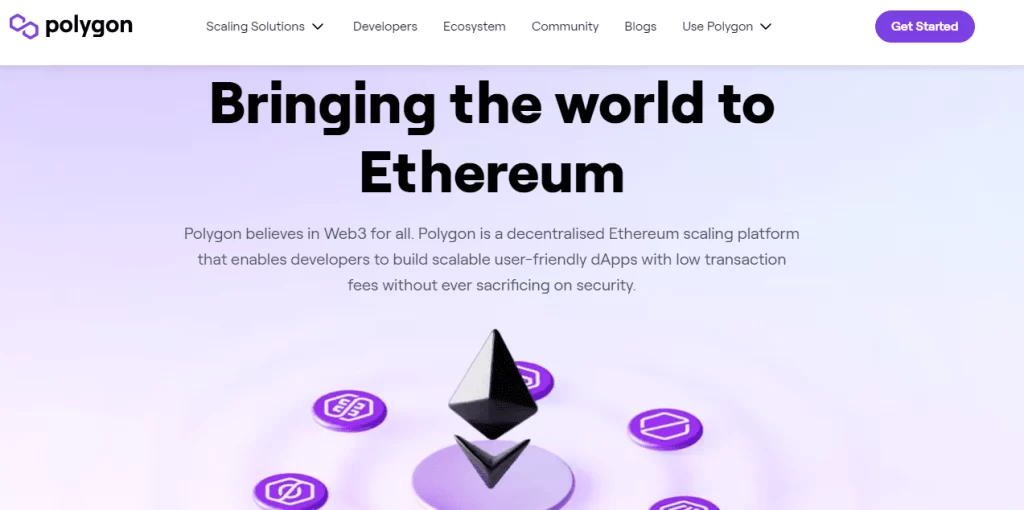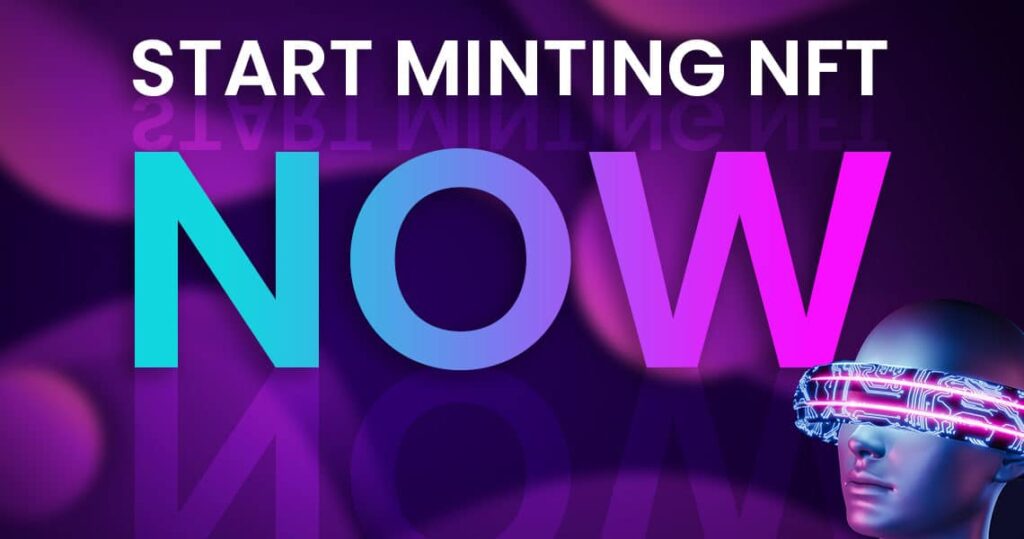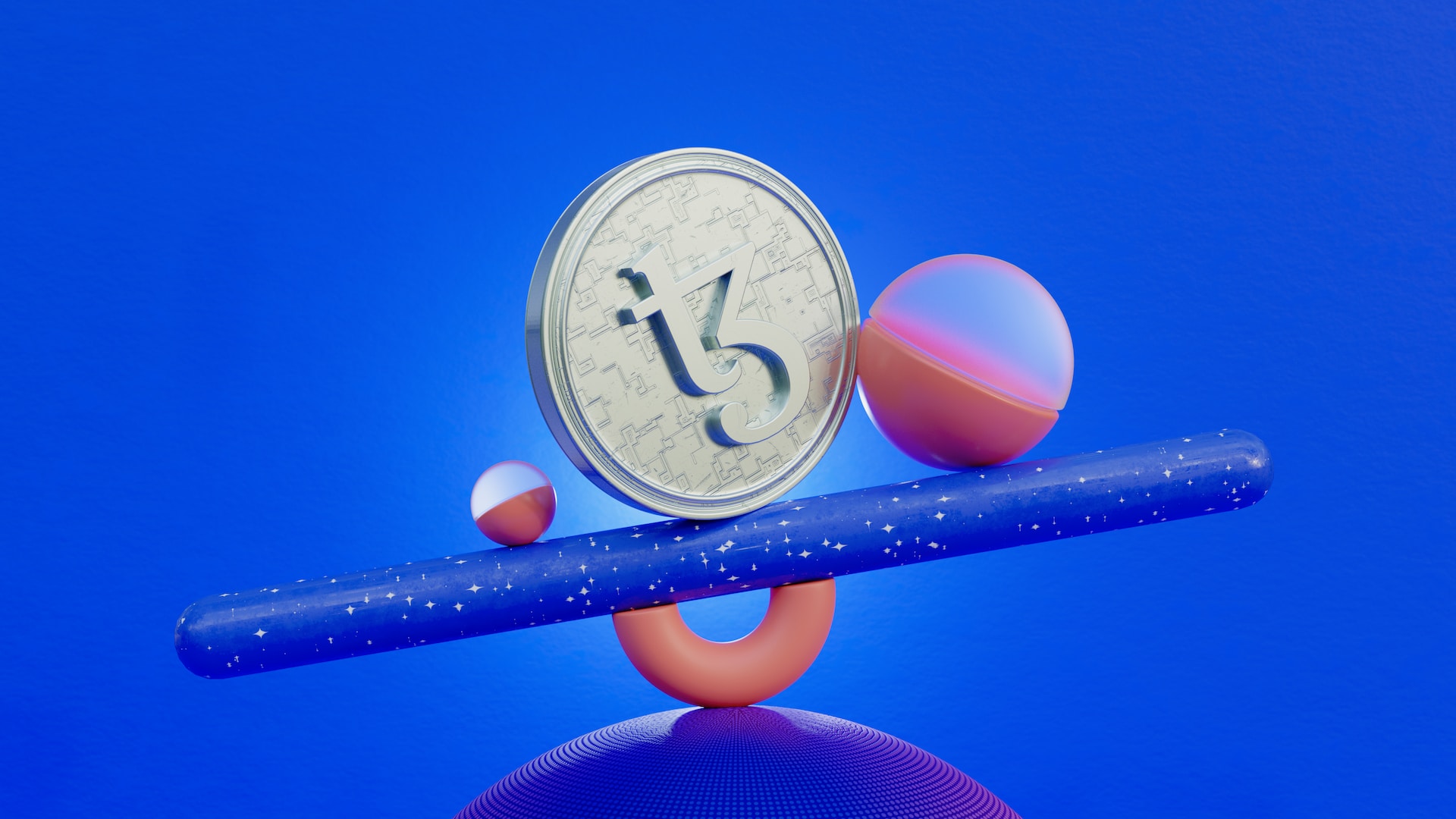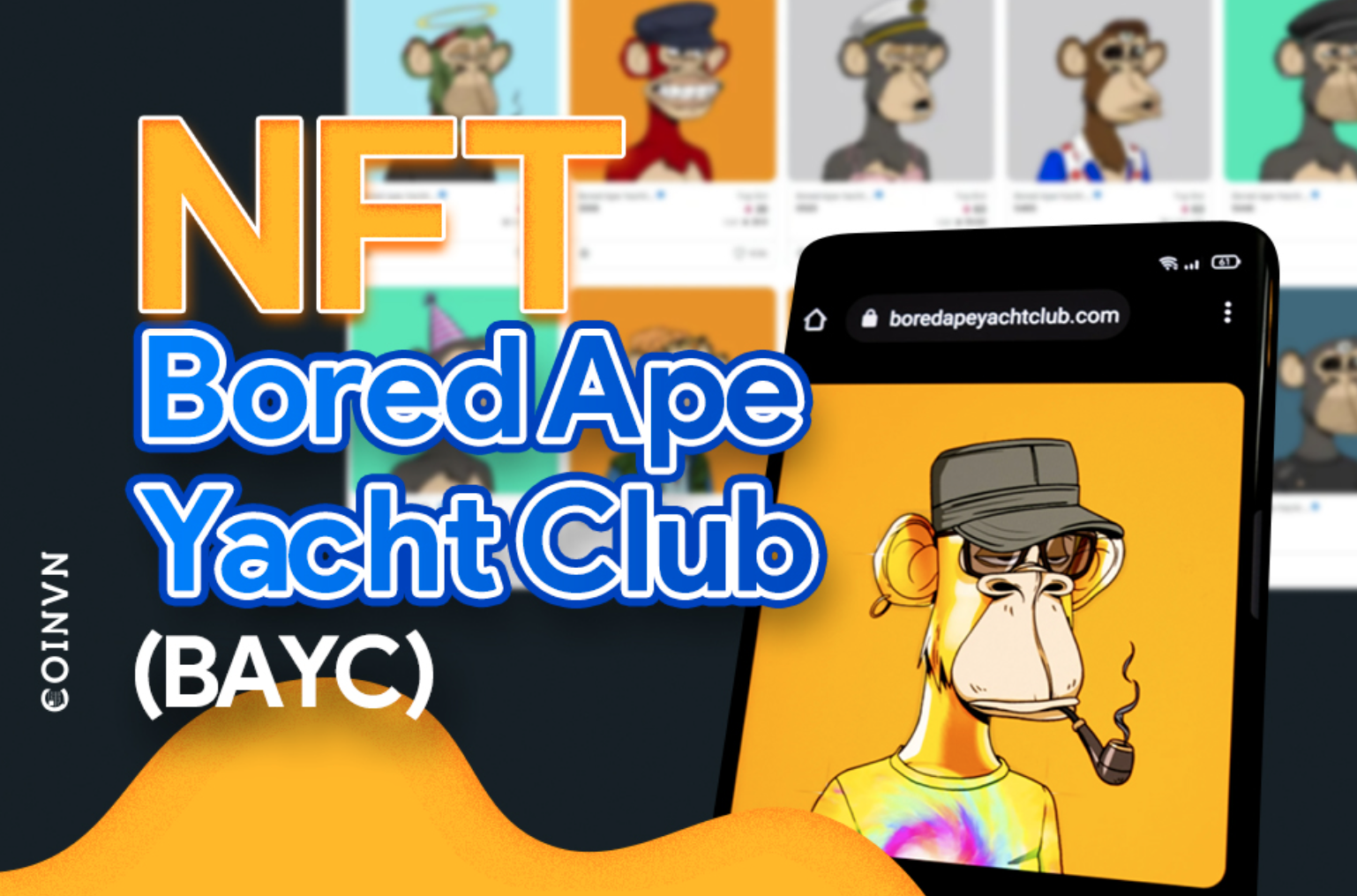Minting your own NFTs on Polygon network is a great way to create and own your digital assets. By following a few simple steps, you can easily mint NFT on Polygon.
Mining non-fungible tokens (NFTs) on the Polygon Network is a simple process that can be completed in just a few steps. Whether you are a seasoned blockchain user or new to the space, Polygon makes it easy to create and mint your own NFTs.
In this blog post, we’ll show you how to create your own NFT on Polygon and what you need to get started. So let’s go ahead with us.
So, How to Mint NFT on Polygon in 2023? Detailed Instructions as Below

What is Polygon NFT?
Polygon NFT is a relatively new technology that is starting to gain traction in the networking world. It is an alternative to traditional routing protocols, such as OSPF and rip, and offers several advantages over these older protocols.
With Polygon’s blockchain, you can now enjoy fast and secure transactions with Ethereum-based crypto currencies like ETH without high fees. Plus, no more worrying about losing your money.
One of the main benefits of polygon nft is its scalability. It can handle a large amount of traffic without any problems, making it a good choice for networks with a lot of traffic. Polygon NFT is also relatively easy to configure, which makes it a good choice for networks that are unfamiliar with network protocols.
Overall, polygon NFT is a technology that is worth considering for your network. It offers several benefits over traditional routing protocols and is extensible and easy to configure. If you are looking for a new routing protocol for your network, polygon nft is a good choice to consider.
How to Create NFT on Polygon Network?
Creating an NFT on a polygon network is easy! Just follow these simple steps:
- Click on your profile icon and tap “My Collections”.
- Next, click “Create Collection”.
- Make sure to add your logo, description, gallery banner, social media affiliate and set your creator income.
- You can also choose blockchain to generate NFTs by default.
Steps to Mint NFT on Polygon Network
Now that you have a Polygon account and some MATIC in your wallet, it’s time to mint an NFT. As mentioned before, we will be using the Mumbai testnet for this tutorial.
First, connect Metamask to Mumbai testnet and select it in the drop-down menu.
Then go to the faucet and paste your wallet address into the form. Click “REQUEST” and you will get some MATIC tokens in your wallet. Next, visit the NFT casting page on Polygon. In the “TOKEN” field, select “MATIC” from the drop-down menu. Enter the amount of MATIC you want to mint in the “AMOUNT” field. In the “NAME” field, enter a name for your NFT. Click “MINT” and your new NFT will be generated!
You can now view your NFTs on the Polygon explorer by clicking “DISCOVER” in the main menu bar and selecting “my stuff” from the sidebar.

Congratulations, you’ve created your first NFT!
How much Does it Cost to mint NFT on Polygons?
Minting NFT on Polygon is a free and easy process. However, the platform charges a 2.5% service fee, minus the NFT’s selling price, after it is first sold. This ensures that Polygon remains sustainable and can continue to provide its users with quality services.
Summary
Polygon is a platform that allows users to create and manage their own digital assets. In this post, we have shown you how to mint NFT on the Polygon platform. We hope you find this information useful and can use it to create your own unique digital assets.
Above is our instruction to mint NFT on Polygon network. Hopefully after this article you can understand this method exactly and have a good choice for your long term crypto portfolio. Wish you all success and see you in the next guides at our site.






